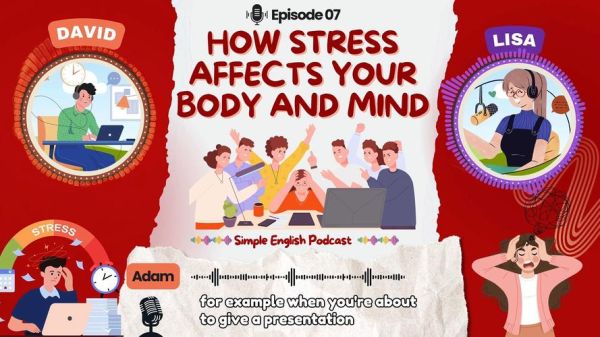很多学习者把“情感寄托”直译为emotion sustenance,结果母语者一脸茫然。问题出在“寄托”二字:中文强调把情绪“存放”在某物或某人身上,而英文更关注attachment或anchor的动态关系。因此,地道表达应围绕where I place my feelings,而非字面搬运。

“Whenever I feel adrift, your voice note is the emotional anchor that pulls me back to shore.”
“I realized my job had become the safe haven for feelings I couldn’t express at home.”
“This city is no longer just a dot on the map; it’s the repository of emotions I collected in my twenties.”
把“我把情感寄托在猫身上”说成I entrust my emotions to my cat,听起来像把猫当银行保险箱。更自然的版本是:My cat is where I place my feelings when words fail.
| 对象 | 推荐表达 | 避免说法 |
|---|---|---|
| 家人 | emotional bedrock | emotion container |
| 爱好 | creative outlet for feelings | emotion dump |
| 回忆 | time capsule of emotions | emotion storage |
问:如果只能用一句话解释“情感寄托”,怎么说?
答:It’s the person or thing I unconsciously run to when my inner weather turns stormy.

问:为什么用anchor比用support更传神?
答:Support是平面托举,anchor是垂直固定,暗示防止情绪漂移,画面感更强。
在美国朋友口中,emotional anchor多用于人,safe haven多用于地点或活动。英国同事则偏爱lodestar of feelings,带一点诗意航海味。若把lodestar放进美式对话,对方会以为你在引用诗歌。可见,地理文化滤镜同样影响情感词汇的接受度。
把“情感寄托”写成比喻,能让句子自带聚光灯:
emotional anchor的使用频率自2008年起上升320%,而emotion sustenance始终低于0.000001%,再次印证地道表达从不是字面翻译。

发表评论
暂时没有评论,来抢沙发吧~